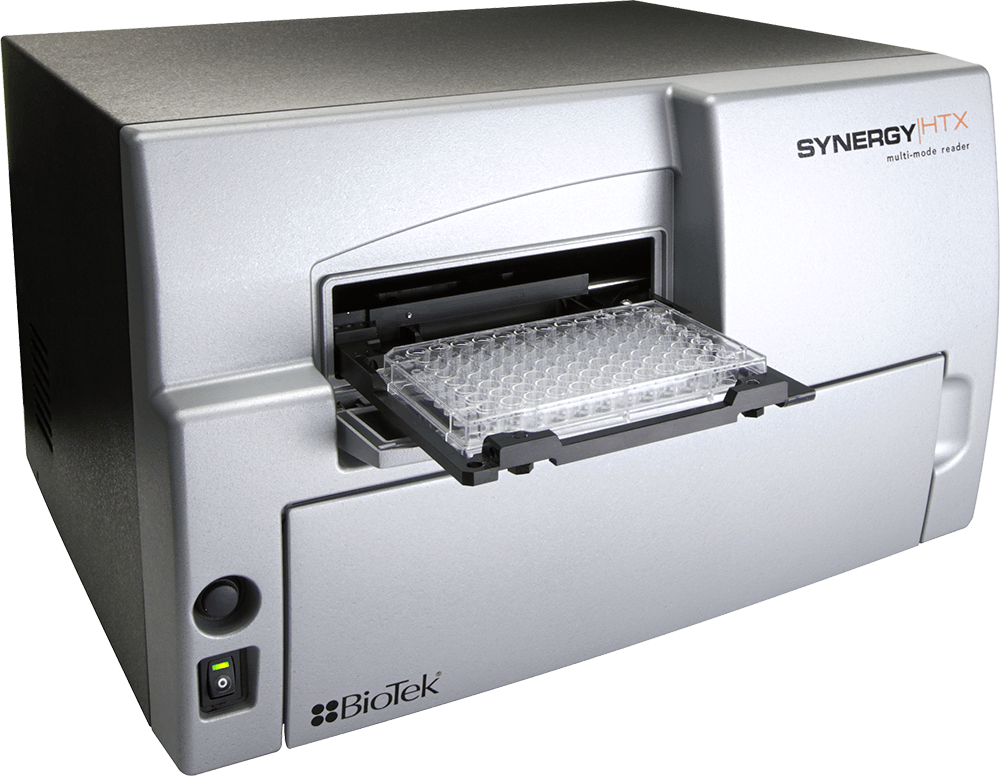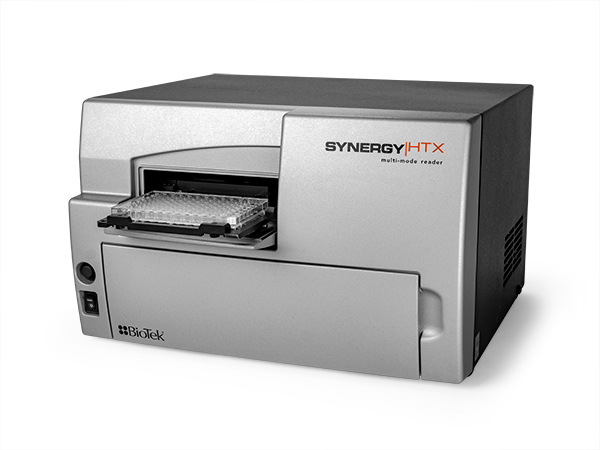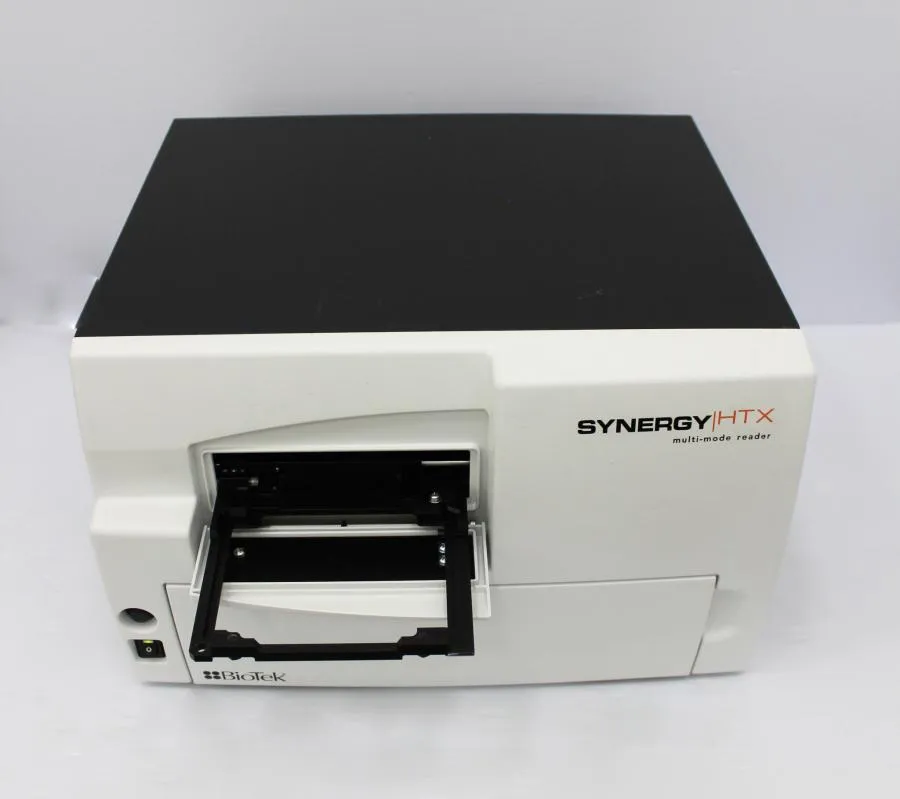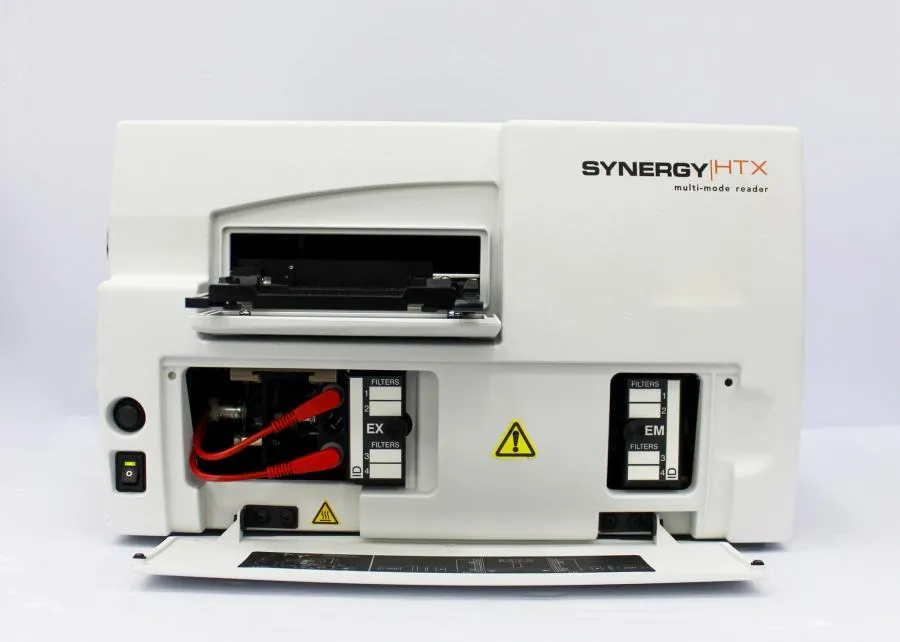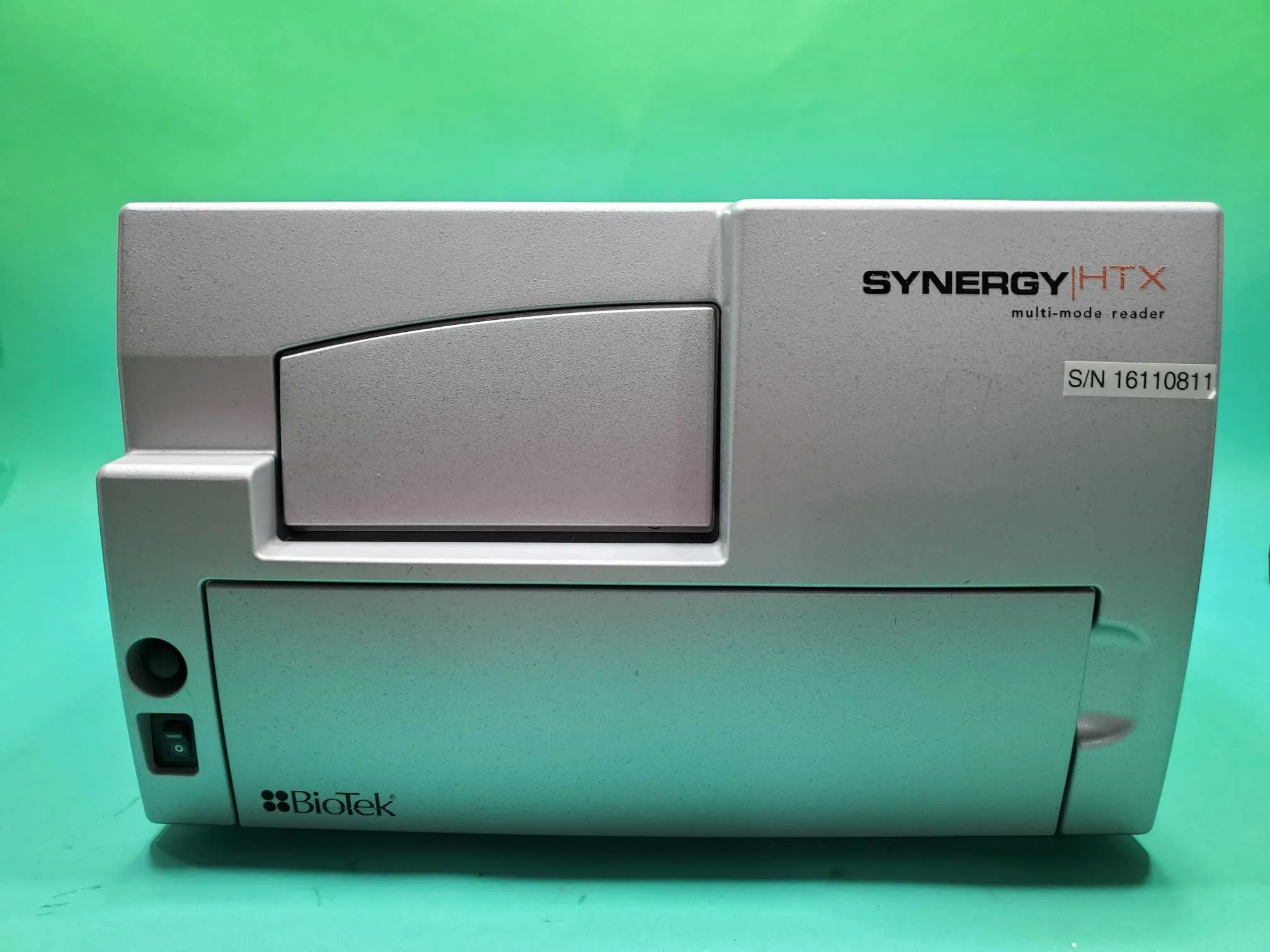Synergy Htx Multi Mode Reader Price

The life science research community is abuzz with speculation surrounding the pricing of the Synergy Htx Multi-Mode Reader, a sophisticated instrument vital for a wide array of biological and chemical assays. As laboratories worldwide grapple with tightening budgets and increasing demands for high-throughput data, the cost of such equipment is under intense scrutiny.
This article delves into the current market landscape, analyzing factors influencing the Synergy Htx price point, exploring potential impacts on research accessibility, and examining alternative solutions for laboratories seeking budget-friendly options.
Current Market Overview of Multi-Mode Readers
Multi-mode readers, like the Synergy Htx, are essential tools in modern laboratories. They enable researchers to perform various detection methods, including absorbance, fluorescence, and luminescence, all within a single instrument.
These readers are used in drug discovery, genomics, proteomics, and cell-based assays, making them indispensable for research and development.
Factors Influencing the Synergy Htx Price
Several factors contribute to the overall cost of the Synergy Htx Multi-Mode Reader. These include manufacturing expenses, research and development investment, and the integration of cutting-edge technology.
Furthermore, the complexity of the instrument's optics, software, and automation capabilities plays a significant role in determining its price. Supply chain dynamics and fluctuating material costs also contribute to pricing variations.
According to industry experts, the advanced features and sensitivity of the Synergy Htx justify its position within the high-end segment of multi-mode readers. This positioning reflects the capabilities the reader provides to researchers.
Pricing Concerns and Accessibility
The high cost of advanced laboratory equipment, including the Synergy Htx, can pose a barrier to research accessibility. Academic institutions, especially those with limited funding, often struggle to afford these essential tools.
This can disproportionately impact researchers in developing countries and smaller laboratories, potentially hindering scientific progress. The financial burden may also lead to delayed research projects or compromises in experimental design.
"Affordable access to high-quality scientific equipment is critical for fostering innovation and advancing scientific discovery globally," states Dr. Emily Carter, a leading researcher in molecular biology.
Potential Impacts on Research
Limited access to the Synergy Htx and similar instruments can have cascading effects on research outcomes. Laboratories may be forced to rely on less accurate or outdated equipment, potentially affecting the quality and reliability of their data.
This can hinder the reproducibility of research findings and impede the development of new therapies and diagnostic tools. The overall pace of scientific advancement may also be slowed as a result.
Alternative Solutions and Mitigation Strategies
Recognizing the financial challenges, many organizations and manufacturers are exploring alternative solutions to improve access to advanced laboratory equipment. Some companies offer leasing programs, refurbished instruments, or collaborative access initiatives.
These strategies aim to reduce the upfront costs and make the technology more accessible to a wider range of researchers. Open-source hardware projects and collaborative research consortia can also play a role in democratizing access to scientific tools.
BioTek Instruments, Inc., the manufacturer of the Synergy Htx, has also implemented programs to support researchers with limited budgets. These programs may include discounts for academic institutions or flexible payment options.
The Role of Funding Agencies
Government funding agencies and philanthropic organizations play a crucial role in supporting scientific research and infrastructure. By increasing funding for equipment grants, these agencies can help alleviate the financial burden on laboratories.
Strategic investments in core facilities and shared instrument resources can also maximize the impact of research funding. These centralized resources allow multiple research groups to access advanced equipment without the need for individual purchases.
Looking Ahead: The Future of Pricing and Accessibility
The future of laboratory equipment pricing and accessibility will depend on a collaborative effort from manufacturers, funding agencies, and the research community. Innovative financing models, technological advancements, and open-source initiatives can help reduce costs and expand access to essential tools.
As technology evolves, the development of more affordable and user-friendly instruments will be crucial for driving scientific progress. The Synergy Htx Multi-Mode Reader is likely to continue to be a prominent instrument, however, access will be a key consideration in its widespread adoption.
Ongoing dialogue and strategic partnerships are essential for ensuring that researchers around the world have the resources they need to tackle the challenges facing humanity. Ultimately, accessibility will be a factor in furthering scientific discovery.

